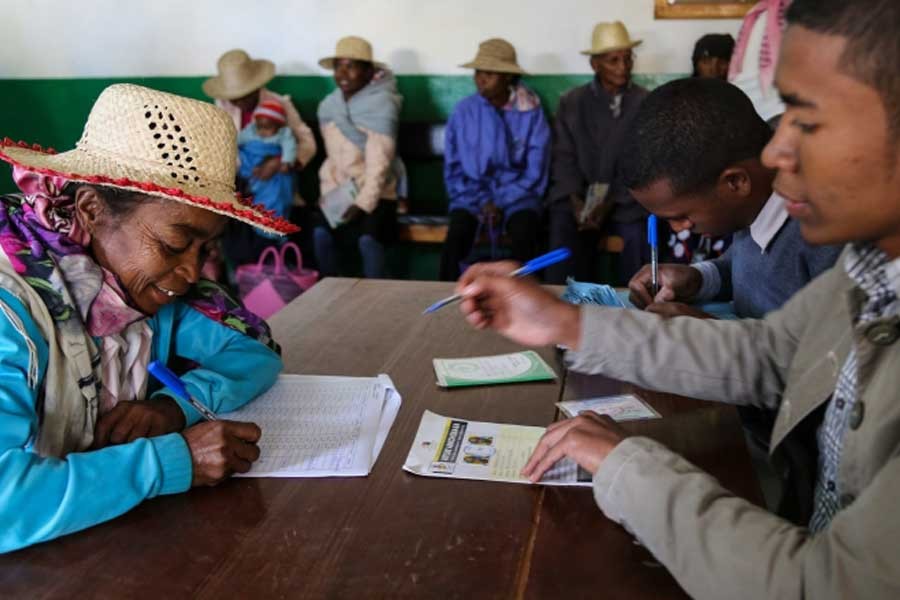Lack of trust in financial institutions is a key barrier to financial inclusion in many sectors. Disclosure and transparency are keys to building trust in the financial system. Misleading advertising and sales practices, along with low levels of financial literacy, can lead to poor financial decisions and resistance to engagement with the formal financial sector. For example, information on fees and charges can be incomplete, or terms and conditions can be difficult for the average consumer to comprehend. These may lead to poor financial decisions. In such situations, consumers are unable to make the best financial decisions for themselves. This can foster a sense of mistrust in the financial system.
A well-designed key facts statement (KFS) is an important tool to improve transparency and disclosure of information for financial products. It uses a standardised format that is designed to convey information in a simple and easy-to-understand manner. These formats make it easier for customers to compare financial products from different providers.
The design of a KFS is central to its success. Testing a KFS is an important part of the design process. Testing ensures that the KFS is designed in a way that reduces information asymmetry between consumers and providers of financial services most effectively. The purpose of rigorously testing a KFS is to assess how different versions of a KFS influence the understanding of product terms and conditions, as well as the consumer decision-making process.
KFS testing can identify and recommend improvements to the KFS. It does so by testing: participants' design and content preferences; the information on which they typically focus; questions that arise with regard to the content and design; the amount of information that participants can comprehend and process; and how different presentations of information alter participants' decision-making.
The World Bank's new technical brief on KFS testing discusses options, methodologies, and tools for testing a KFS. While different approaches can be employed to test a KFS, policymakers and practitioners should always consider priorities in terms of testing. To aid with this, the technical brief also provides examples in the form of case studies, KFS templates, and examples of experimental approaches to testing KFS that have been employed in other countries.
Through the testing process, policymakers should be able to assess and identify how consumers perceive and engage with the KFS. A well-designed KFS can play an important role in reducing informational asymmetries between providers and consumers, allowing individuals to choose more appropriate products to meet their financial needs.
Ultimately, this helps build a better understanding of and trust in the financial system.
The piece is excerpted from www.blogs.worldbank.org


